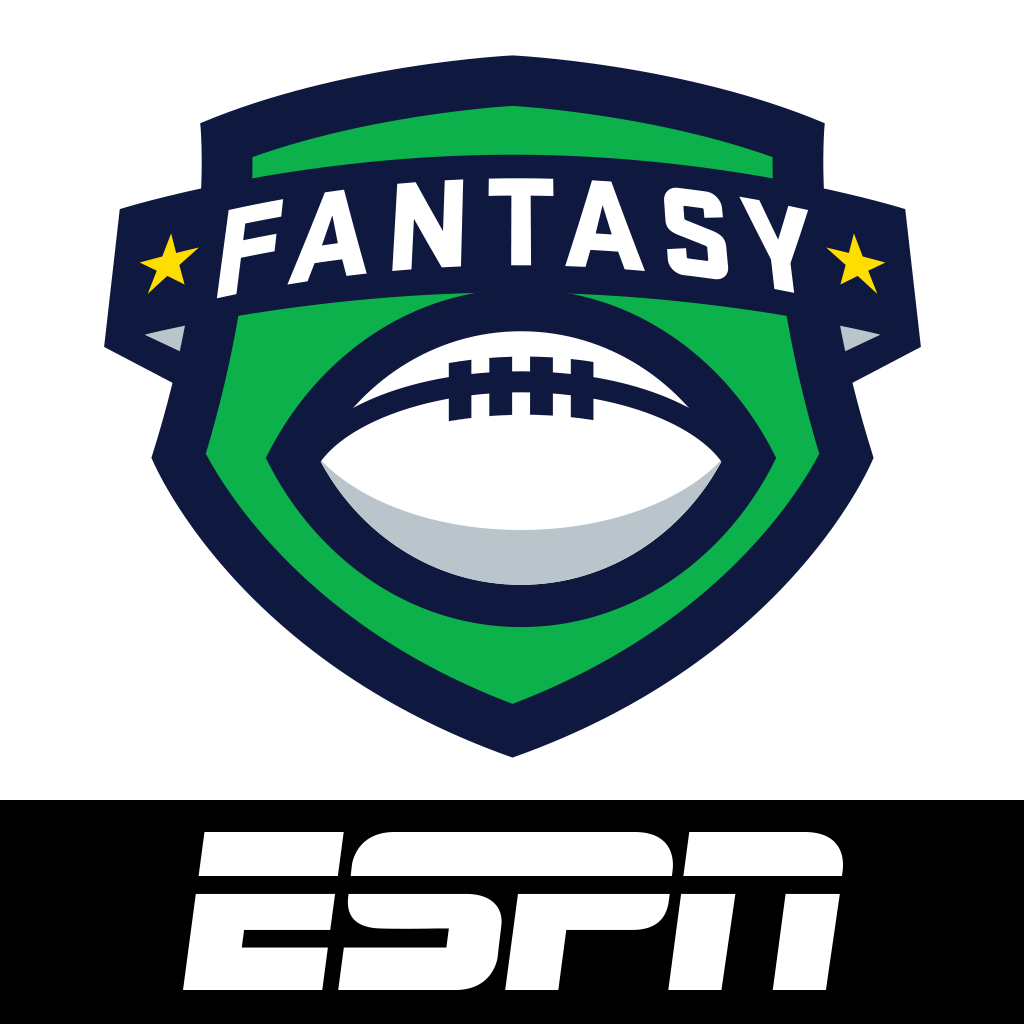

But we want to be able to get people information about the players on their team in a timely fashion. The games have remained largely stable, in the game play aspect of it, at least on the league manager front. , it’s about alerting fans and making sure that fans are plugged into what they want to be plugged into – more personalized content around the games themselves. Then when we moved into the mid-to-late 2000s, everything was about making sure that people could be mobile with this stuff. We wanted to be able to accommodate that. You know, the amount of customization that a league manager can do is in the hundreds of thousands of different ways to play Fantasy Baseball. We wanted to have a really robust, configurable system, and that’s what we worked on a lot in those early days, to make as many different ways for people to play. Waram: In the early days, it was us trying to use as much of the statistical content that was available to us and put that in front of fans. What have been some of the major changes to the site over that time? CIO.com: You’ve been with ESPN Fantasy for 15 years.


 0 kommentar(er)
0 kommentar(er)
